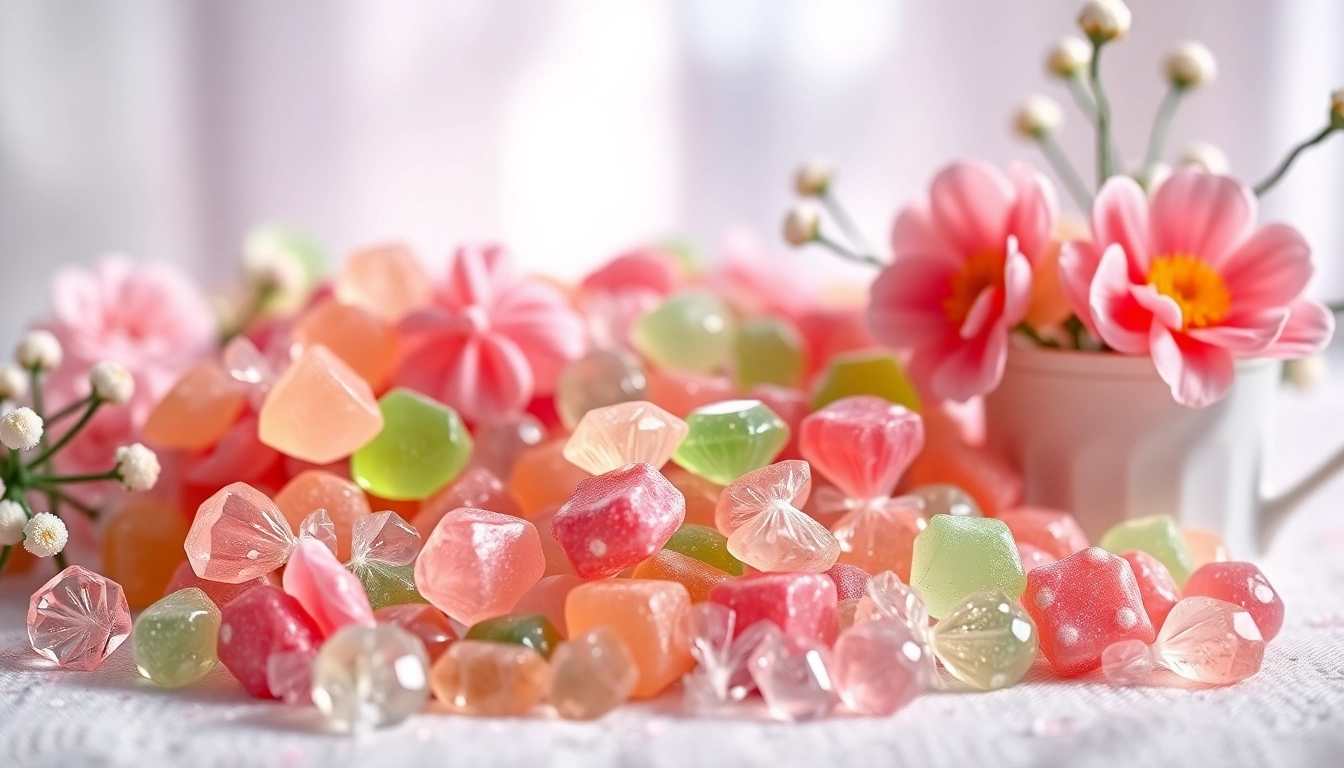Understanding the Appeal of a 36×48 Frame
When it comes to displaying art, photographs, or special memories, the choice of frame can significantly influence the overall aesthetics of your space. One popular option, particularly among artists and interior decorators, is the 36×48 frame. This sizable frame not only accommodates large artworks and posters but also serves as a statement piece that can enhance any environment.
The Basics of Picture Framing
Picture framing is both an art and a science. It serves to protect and enhance artworks, photographs, and cherished memories while also playing an integral role in the interior decor of a space. Frames are designed to highlight the visual elements of the work they encase, as well as to add structural support. With a variety of materials, styles, and options available, understanding the intricacies of picture framing can help you make the right choice for your specific needs.
Why Choose a 36×48 Frame?
A 36×48 frame offers a generous size that can accommodate various pieces, ranging from posters to artworks. This size is particularly popular for customers wanting to make a bold statement in a room. Their significant dimensions enhance the visibility of the art they house, whether it be a favorite photograph, a scenic landscape, or an abstract painting. Beyond functionality, the size creates a focal point that can dictate the mood and ambiance of a room.
Aesthetic Benefits and Inspirations
The aesthetic appeal of a 36×48 frame is manifold. Its large space encourages creativity in framing choices—from bold colors to elaborate designs. A well-chosen frame complements the art while becoming a decorative element in its own right. For instance, sleek, modern frames can enhance minimalist art, while ornate, vintage frames may be ideal for classic prints. This flexibility allows homeowners and decorators to draw inspiration from various design styles, from industrial chic to rustic farmhouse.
Types of 36×48 Frames Available
Materials and Their Characteristics
When selecting a frame, the material is paramount, as it affects both durability and appearance. Here are some common materials used in 36×48 frames:
- Wood: Classic and versatile, wooden frames add warmth to any space and can be finished in various stains and colors. They are suitable for traditional and rustic styles.
- Metal: Metal frames bring a modern vibe. Available in various finishes (like brushed nickel or matte black), they are often favored for their sleek look and durability.
- Composite: Made from engineered materials, composite frames can offer the look of wood or metal at a lower price point. They are lightweight and can be molded into intricate designs.
Frame Styles: Modern to Classic
The style of a frame can alter the perception of the artwork it displays. Some prevalent styles include:
- Modern Frames: Characterized by clean lines and minimalistic design, modern frames are perfect for contemporary art and photography.
- Classic Frames: Often embellished with intricate details, classic frames can enhance the elegance of traditional artworks.
- Gallery Frames: These frames are designed for a more cohesive look when displayed in groups, often perfect for interior decorating using multiple pieces of art.
Custom versus Ready-Made Frames
One significant decision when selecting a frame pertains to whether to choose a custom or ready-made option. Custom frames allow for tailored designs accommodating specific dimensions, colors, and aesthetics suited to your personal taste and the artwork’s requirements. However, they can be more expensive and may take longer to produce. Ready-made frames, while offering less flexibility, are widely available and often more affordable, providing numerous options to suit various styles and budgets.
How to Choose the Right 36×48 Frame for Your Art
Understanding Your Artwork’s Needs
The first step in choosing a frame is to consider what you are framing. Different artworks have differing requirements based on their material, size, and intended location. For example, watercolor paintings may need frames with UV-filtering glass to prevent fading, while canvas prints can often be hung without glass.
Factors to Consider: Style, Color, and Material
When selecting a frame, several critical factors come into play:
- Style: Ensure that the frame style aligns with the overall decor theme within your space. A mismatched frame can detract from the art’s impact.
- Color: Choose colors that enhance the artwork itself. Neutral tones often work well with a variety of artworks, whereas bold colors can make a statement.
- Material: As discussed earlier, the frame material should align with the artwork’s needs, ensuring protection and style.
The Importance of Matting and Glass Selection
Matting serves more than merely a decorative function; it creates space between the artwork and the frame, enhancing visual separation and context. Choosing the right mat can also add depth and dimension to the framed piece. Glass choice is equally important; options range from standard glass to museum-quality glass, which offers superior protection against UV damage. Consider the setting where the frame will be displayed when deciding on the glass type.
Installation Tips for 36×48 Frames
Best Practices for Hanging Large Frames
Installing large frames like the 36×48 requires careful planning to ensure they are secure and level. Here are some best practices:
- Use appropriate hardware for the wall type (drywall, plaster, etc.) to ensure the frame is securely mounted.
- Use a level to confirm that the frame hangs straight. This prevents the frame from tilting over time.
- Consider the height at which to hang the frame; center it at eye level to maximize visual appeal.
Creating a Gallery Wall with 36×48 Frames
Gallery walls can create a stunning visual impact, and incorporating a 36×48 frame can be a focal point amidst smaller pieces. Follow these guidelines for designing an effective gallery wall:
- Plan the layout on the floor before you start hanging to visualize the overall look.
- Varying frame sizes can create an engaging composition, with the larger 36×48 frame anchoring the display.
- Leave consistent spacing (typically around 2-4 inches) between frames for a cohesive presentation.
Maintenance Tips for Longevity
To ensure that your framed pieces remain in optimal condition:
- Regularly dust the frame with a soft, lint-free cloth, avoiding heavy cleaning products that can damage finishes.
- Monitor for any signs of wear or damage, especially around the glass and edges of the frame.
- Keep framed art away from direct sunlight to mitigate fading or discoloration.
Trends in 36×48 Frame Décor
Contemporary Design Trends
In recent years, interior design has leaned towards more personalized and eclectic styles. The use of 36×48 frames in contemporary settings can accentuate this trend. Notable trends include:
- Layering: Fluently integrating various frame styles in a single display is becoming a hallmark of modern decor.
- Bold Colors: Pops of bold colors in frames contrast beautifully with traditional artwork and can invigorate an otherwise subdued room.
- Mixing Media: Art of varying mediums (paintings alongside photographs) displayed together creates an interesting visual dialogue.
Popular Art and Photography to Display
The choice of art to display in 36×48 frames varies widely. Some popular options include:
- Photographs: Family photos, travel shots, or iconic images are great choices.
- Original Artworks: Local artists’ works or large canvas paintings offer unique opportunities to support the arts.
- Posters: High-quality prints, movie posters, or concert art can be effortlessly showcased in a 36×48 frame.
Innovative Frame Displays in Modern Interiors
Beyond the gallery wall, innovative display methods are emerging, enabling greater creativity. Some ideas include:
- Overlapping frames to create a casual, organic look that deviates from traditional rigid arrangements.
- Integrating non-art elements (like mirrors or decorative items) within the frame collection for added flair.
- Seasonal swaps, where framed pieces are rotated in accordance with seasons or personal milestones, keeping the display fresh and engaging.



